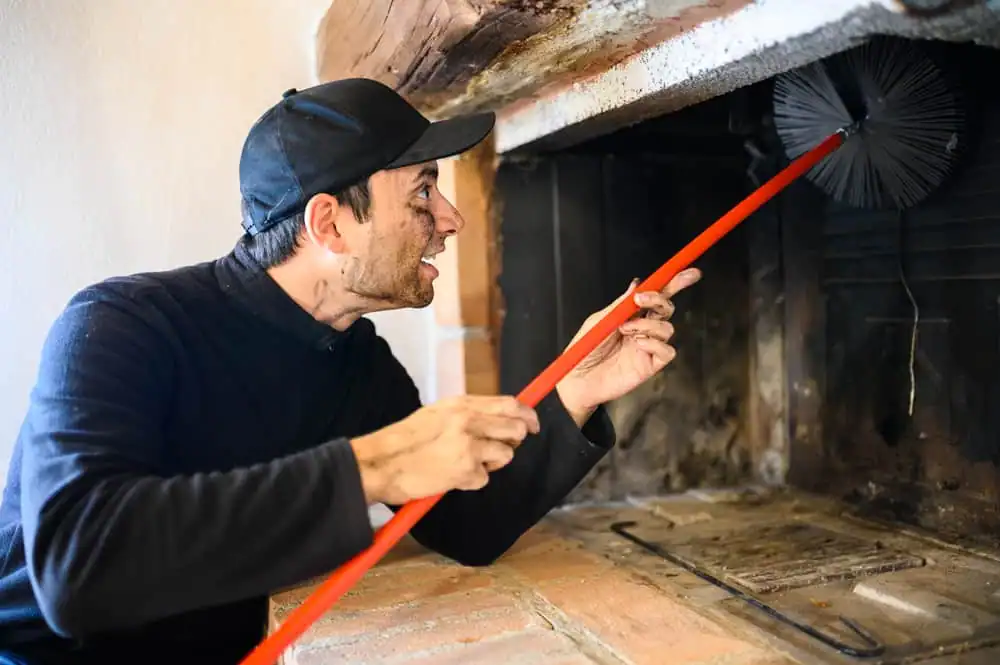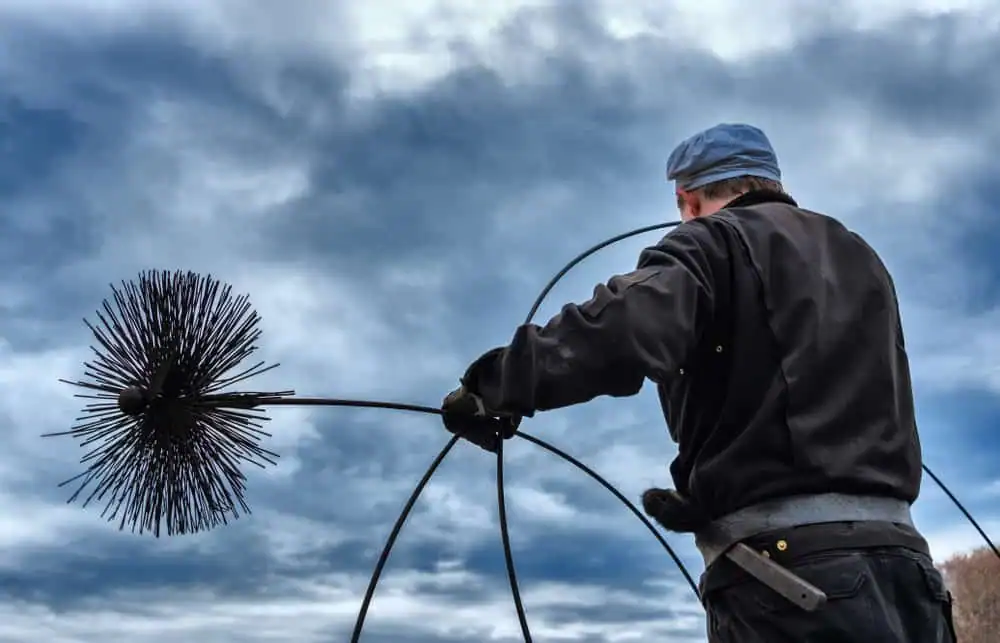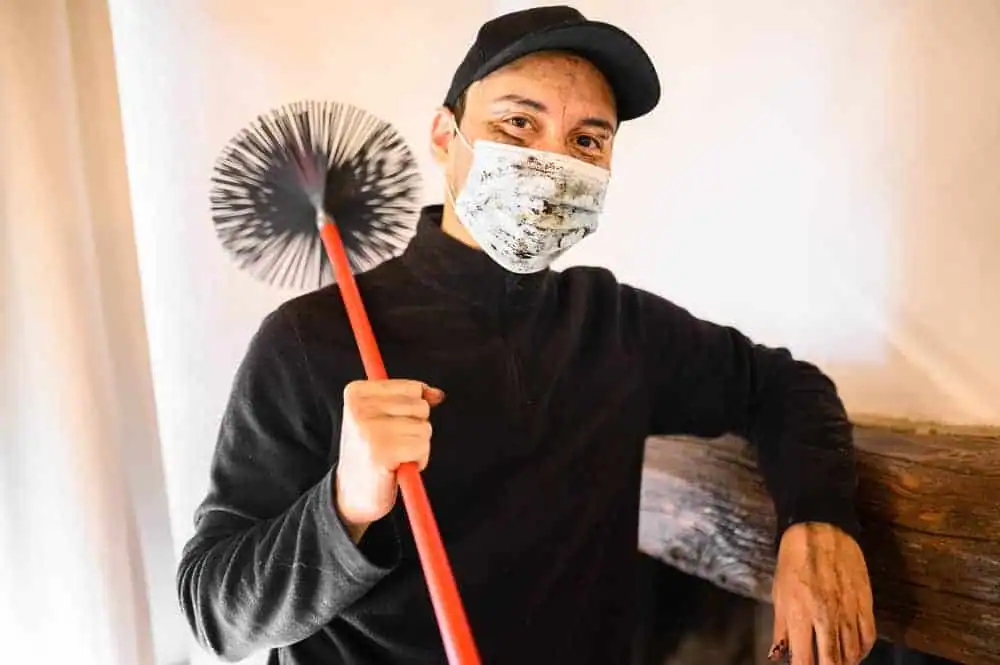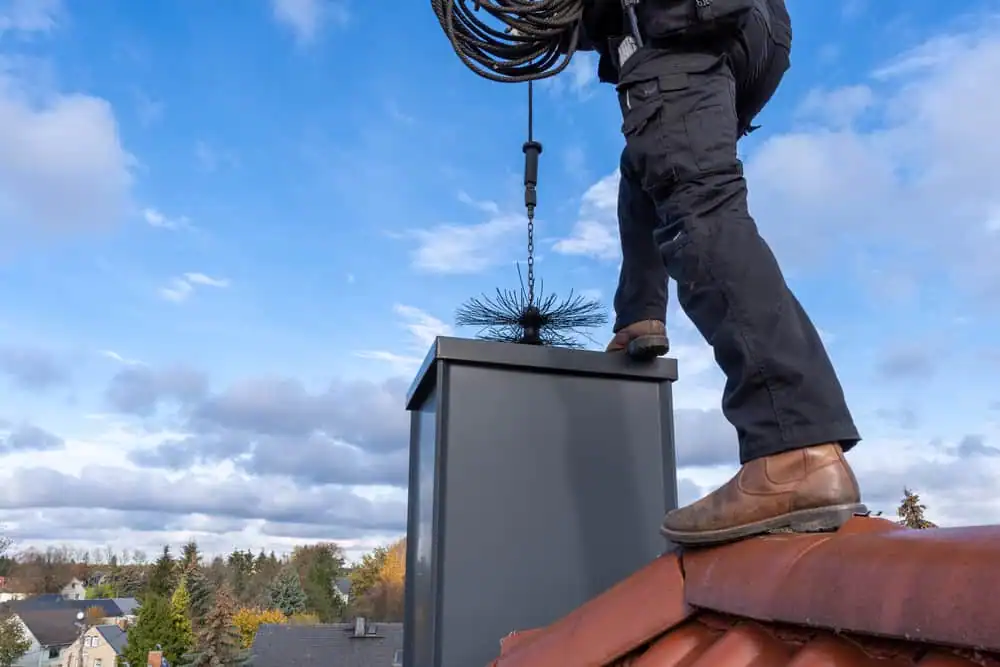CSIA-certified chimney sweeping that removes dangerous creosote buildup and prevents the 26,000 annual residential fires caused by dirty chimneys.

Hear from Our Customers

You get to use your fireplace without wondering if tonight’s the night something goes wrong. Clean chimneys draft properly, burn efficiently, and don’t fill your home with smoke or carbon monoxide.
When creosote buildup gets removed completely, your fireplace works the way it should. No more smoky rooms when you light a fire. No more worrying about whether that black residue coating your chimney walls might ignite.
The difference is immediate. Better airflow means easier lighting, cleaner burning, and the peace of mind that comes from knowing a certified professional just eliminated your biggest fire hazard.
We hold certifications from CSIA, NFI, and NADCA. That’s rare in New Jersey because most companies focus on just one area.
Thomas Asciolla Sr. earned his ASCS certification decades ago, and we’ve been serving Somerset County families since the 1980s. Three locations across New Jersey, NJ License #13VH08573100, and 4.5+ star reviews from customers who needed real solutions.
Neshanic homeowners deal with freeze-thaw cycles that crack masonry, moisture that rusts dampers, and creosote that builds up faster in our climate. We’ve seen it all, fixed it all, and prevented it all.

First, we inspect your chimney system completely. Flue condition, damper operation, crown integrity, and creosote levels. You’ll know what we found and why it matters before we start cleaning.
Then we set up containment. Drop cloths, plastic sheeting, and industrial vacuums so nothing gets on your floors or furniture. The actual sweeping uses professional brushes and rods to remove every bit of creosote and debris from your flue.
Finally, we inspect again to confirm everything’s clean and safe. You get a detailed report of what we did, what we found, and when you should schedule your next cleaning. Most Neshanic homeowners need annual service, but we’ll tell you exactly what your chimney needs based on how you use it.

Ready to get started?
Complete flue cleaning removes all creosote stages, from the flaky powder that starts building up to the glazed, tar-like coating that’s basically solid fuel waiting for a spark. We also clear out bird nests, leaves, and other debris that blocks proper airflow.
Damper inspection and cleaning ensures your fireplace seals properly when not in use. Crown and cap examination catches water damage before it becomes expensive structural repairs. Somerset County’s weather is tough on chimneys, and we know exactly what to look for.
In Neshanic, many homes have older chimney systems that need extra attention. We check for code compliance, proper clearances, and structural integrity. Your chimney inspection is included with every sweep, so you’ll know if anything needs repair before it becomes a safety hazard.
